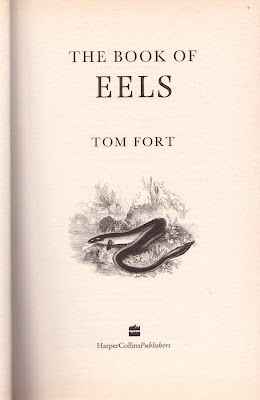When it was first announced that this exhibition would be
visiting Melbourne’s National Gallery, I felt great excitement at the prospect of
one of my favourite Indian art forms visiting the Gallery. No, I’m not talking about Bollywood
films. Bollywood is definitely not my
thing. After seeing a number of films
over the years both here in Australia and in India, I can write without
hesitation that I have absolutely no appreciation for Bollywood films. What I do like is vintage Indian commercial
art such as was represented in this exhibition…
I also have an appreciation for good Indian soundtracks/songs and
especially film clips from the films, the ones that I don’t particularly like. Here’s one of my favourites:
So the exhibition came and went, but unfortunately the
anticipated mass of exhibition viewers did not.
I thoroughly enjoyed the exhibition at the time and in retrospect it was
great, well worth the visit. I think
that the National Gallery may have been working on the assumption that
Bollywood Cinema was gaining in popularity at the time, so an exhibition would
be appropriate. People are fickle and a
taste in Indian singing and dancing, romantic, and romantic comedy, films
doesn’t necessarily translate into an interest in mostly vintage Indian film
posters. The outcome of all this was that
“one of my favourite Indian art forms” didn’t really go down that well here in
Australia.*
Here we are 5 years later and I find a copy of the
exhibition catalogue. I seem to remember
that there was another bulkier book on the same subject, possibly not directly associated
with the exhibition, that was available at the time. I would love to find that one… although I probably
wouldn’t sell it if I did. I don’t know
that this book will sell very easily but you can only hope… and in the meantime,
continue watching awesome Bollywood clips on You Tube
*All of this is based on a conversation I had with a friend
with close ties to the administration of the National Gallery at the time




















